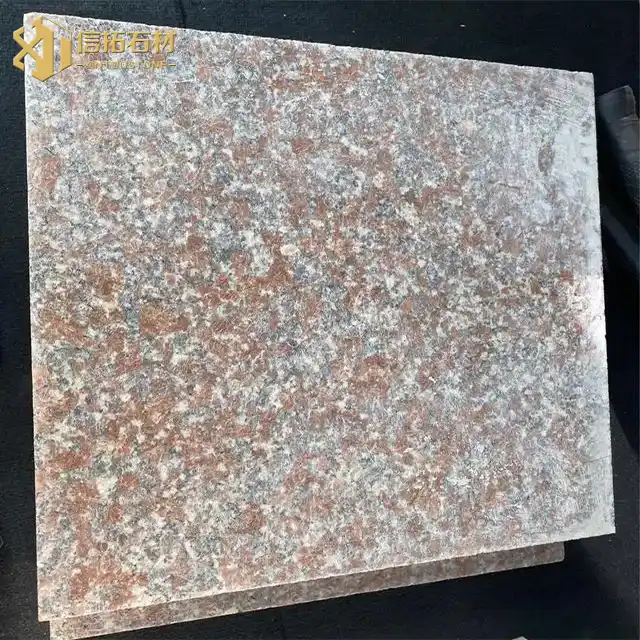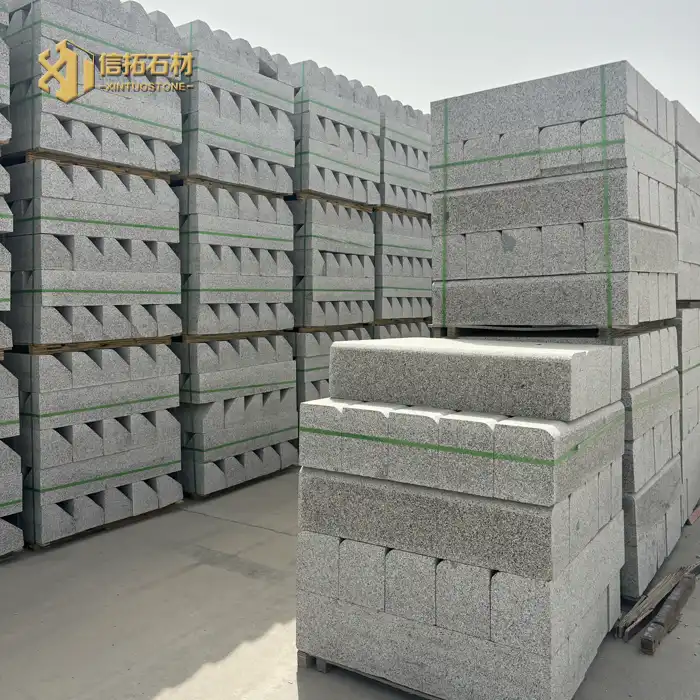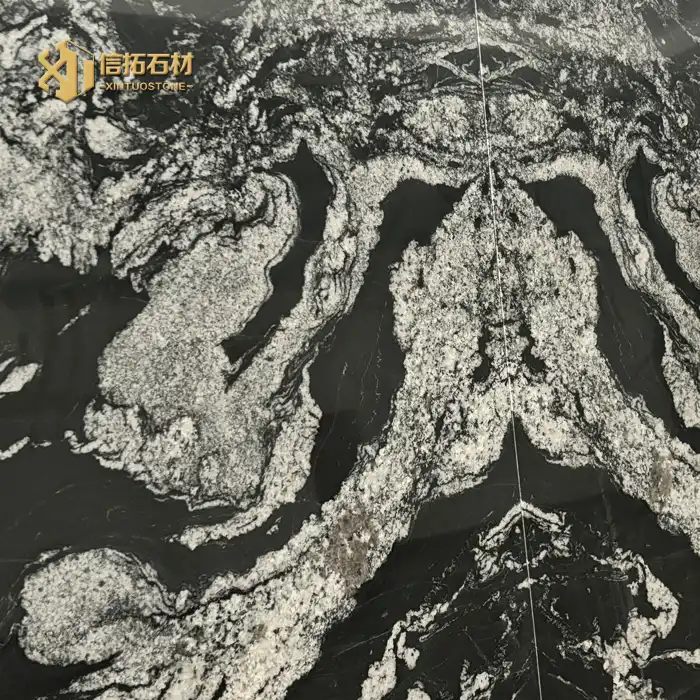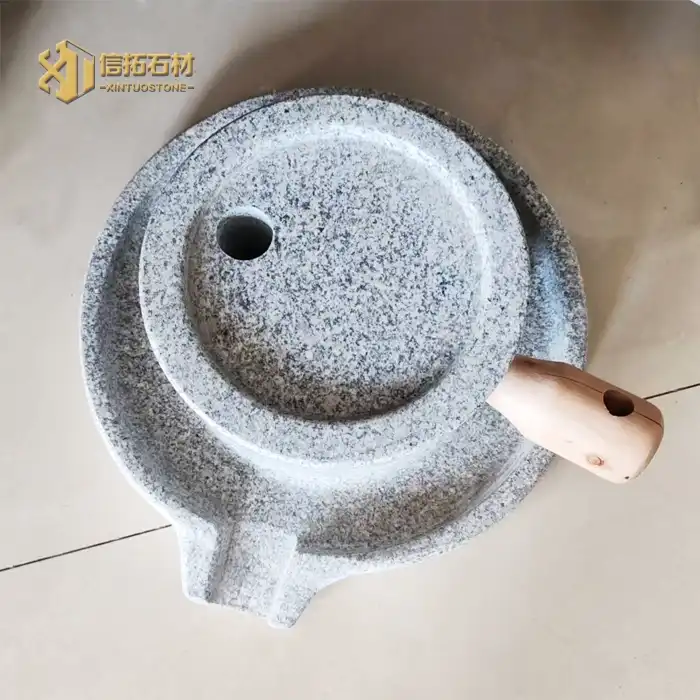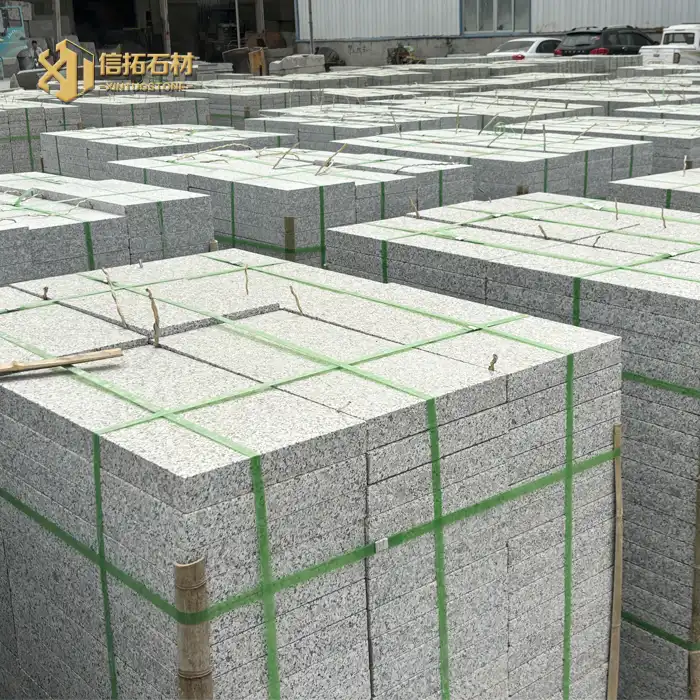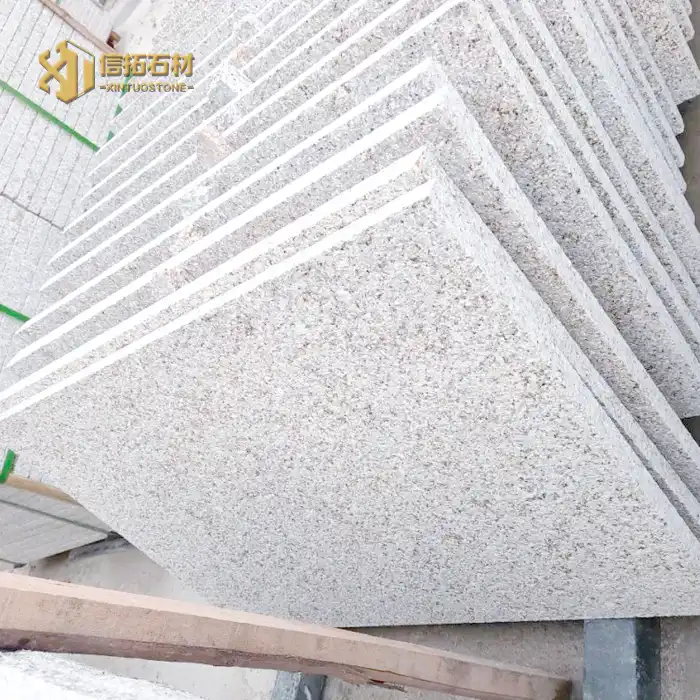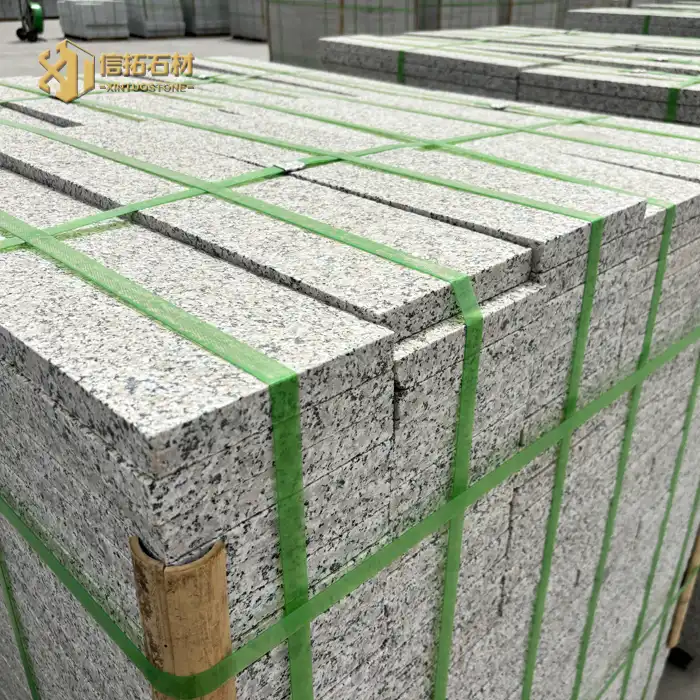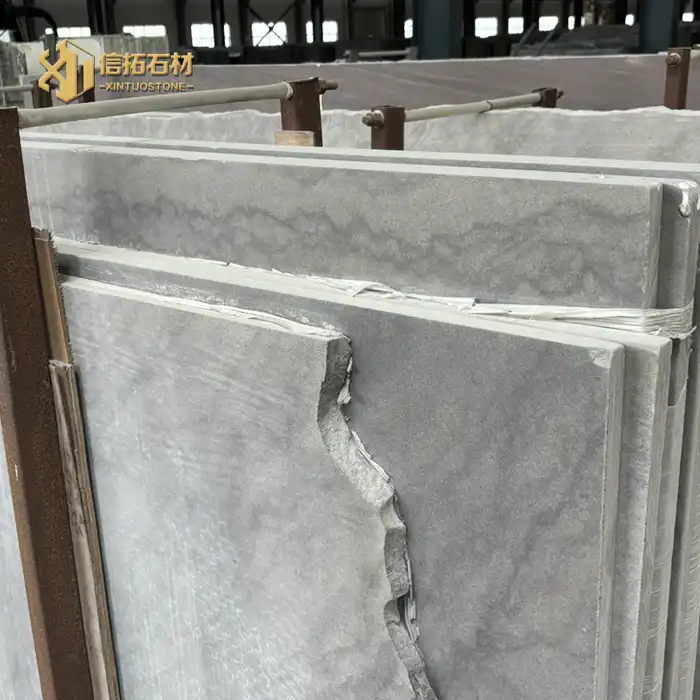Shandong Wulian: A Leading Hub Among Major Granite Production Regions
Wulian County: A Leading Light in China's Stone Industry
Geographical & Historical Background
Located in Rizhao City, Shandong Province, southern Shandong Peninsula, Wulian County borders Huangdao District (Qingdao), Donggang District (Rizhao), Ju County, and Zhucheng (Weifang). Named after the scenic Wulian Mountain, the county has been renowned for its eco-tourism resources and strategic location since its establishment in May 1947.
Honors & Resources
Wulian holds titles such as "China’s Most Beautiful Eco-Tourism Demonstration City," "National AAAA Tourist Attraction," "National Forest Park," and "Shandong’s Top Tourism County." Spanning 1,443 km², it boasts abundant mineral reserves including gold, silver, copper, and—most notably—granite, with proven deposits of 5 billion cubic meters. This earned Wulian the moniker "Hometown of Chinese Granite", making it the country’s largest granite production base.
Jietou Town: The Heart of Stone Industry
As a key part of Wulian, Jietou Town is hailed as "No.1 Stone Town North of the Yangtze River." Its proximity to Rizhao Port, Qingdao City, and major highways (Ridong and Tongsan Expressways) fuels a thriving stone industry, generating ¥670 million annually and contributing 60% of Wulian’s fiscal revenue.
Industry Integration & Development
Locally termed "Jietou Stone" (akin to Nan’an’s "Shuitou Stone" in Fujian), Wulian’s stone sector is centralized under the Wulian Stone Industrial Park—a deputy county-level administrative entity co-located with Jietou’s government offices. The park’s strategic planning, initiated a decade ago, laid the groundwork for sustainable growth.

Green Transformation & Challenges
Amid nationwide pressures—environmental protection, resource management, and industrial upgrading—Wulian stands out. While peers in Laizhou, Wenshang, and Sishui face mine closures, Jietou’s industry thrives, thanks to early investments. From 2010–2016, Wulian allocated ¥300 million to develop the 7.3 km² industrial park in Wangshituan, enforcing strict standards for scale, eco-compliance, and facility construction. This consolidated 900 small workshops across 7 towns into 189 optimized enterprises, fostering advanced equipment and full-cycle eco-facilities.
Transport & Environmental Innovations
To resolve chronic traffic and dust issues, Jietou implemented:
A 25-km dedicated stone transport route (2018), bypassing urban centers.
Enclosed truck modifications with GPS/visual systems for real-time monitoring.
Mine-side upgrades: washing stations, slurry, and hardened roads.
50-meter-wide green buffer zones around mines (2019), with enclosed perimeters for centralized access.
Future-Oriented Governance
Ongoing initiatives include:
Relocating 3 mining-area villages for "village-mine separation."
State-owned Green Mine Co. to manage resources; firms now pay extraction fees.
Planned logistics and trade platforms to elevate industry standards.
Epilogue
Jietou’s stone sector exemplifies a virtuous cycle: integrated services, cluster advantages, and green mining practices propel Wulian toward sustainable dominance. As Mayor Zheng Zhaoyi notes, "Jietou thrives on stone, and stone thrives in Jietou."
 信拓_1747705273728.webp)
